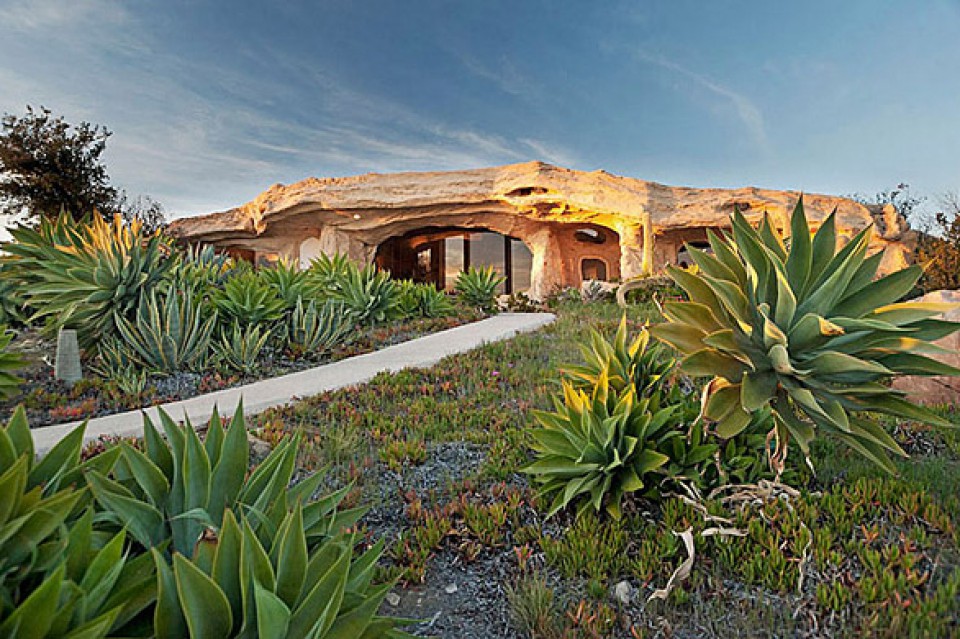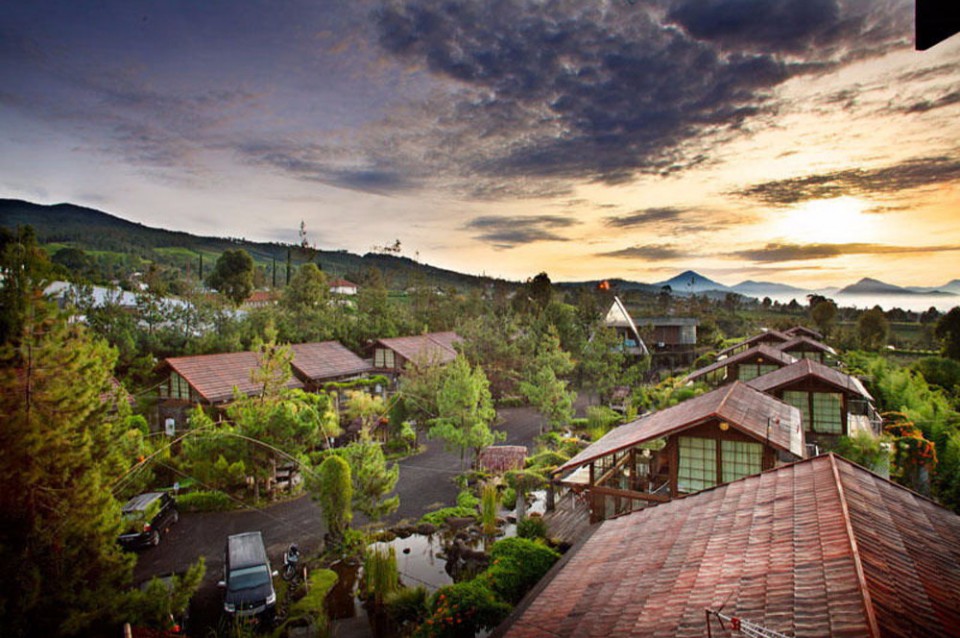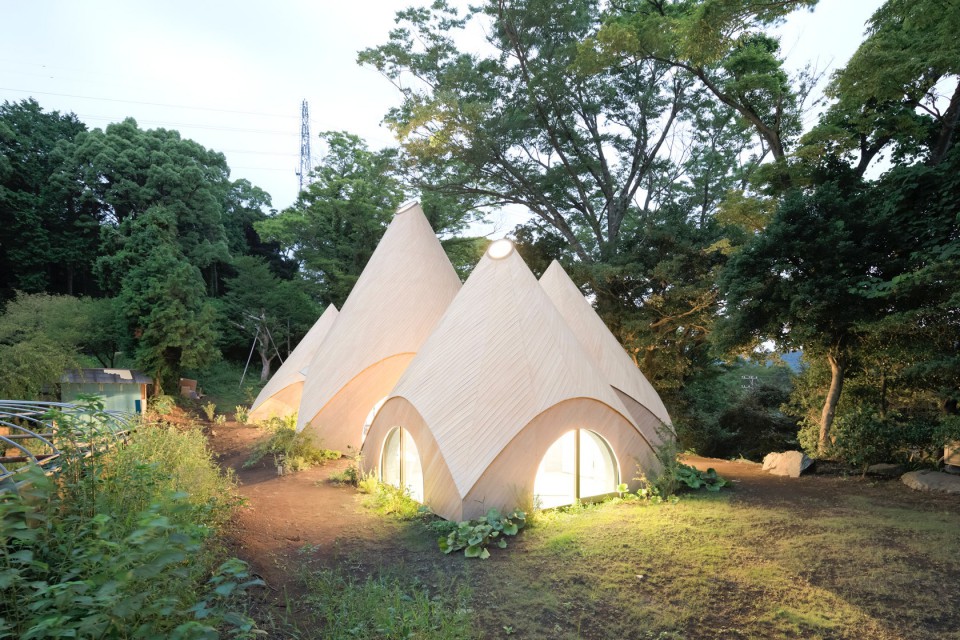Explore the Uniqueness of Home Styles from Around the World!
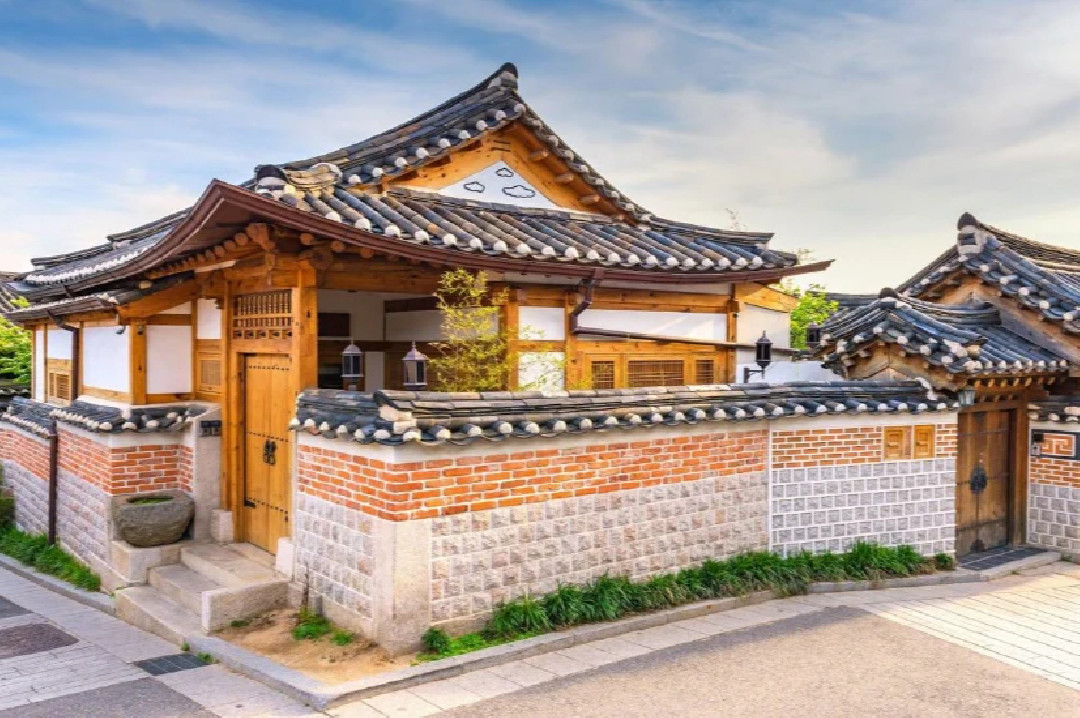
Home design reflects the culture, history, and climate of its location. Each country and region across the globe has its own way of designing and building homes, taking into account factors such as geography, available materials, and local values. In this article, we will explore various home styles from around the world that showcase the diversity and creativity of humans in creating comfortable and functional living spaces.
Japanese Traditional Home Style
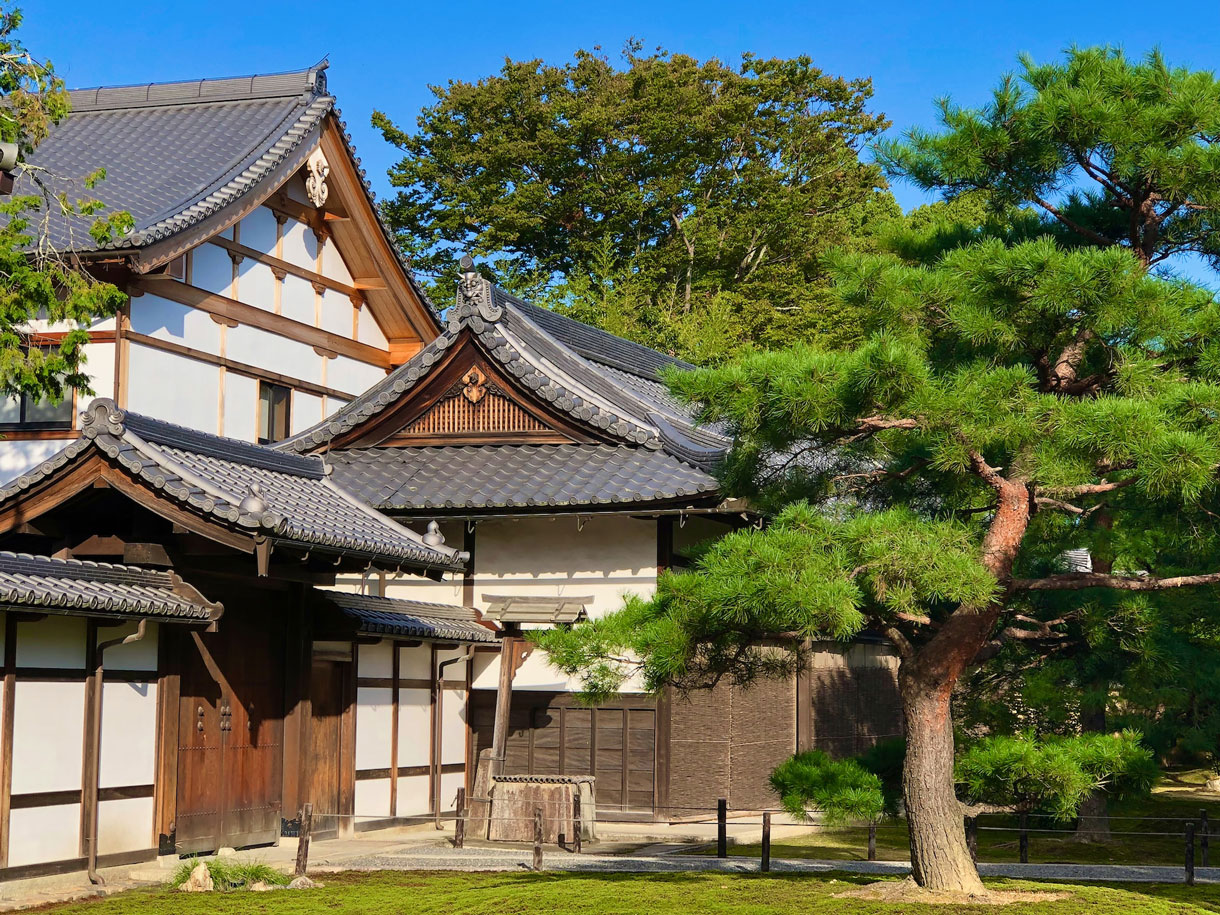
Source: parametric-architecture.com
One of the most distinctive home styles is the traditional Japanese house, known as the "minka." These homes are designed with an emphasis on the balance between nature and human life. Japanese homes typically use natural materials like wood and bamboo, with low, curved roofs. Other key features include tatami mats (straw mats) for flooring and fusuma (sliding doors) that separate the rooms within the house.
Japanese homes often feature open elements that connect the indoor and outdoor spaces, creating a sense of openness and tranquility. Many Japanese homes also incorporate small gardens that are integral to the overall design, reflecting Zen principles that emphasize simplicity and peace.
Mediterranean Home Style
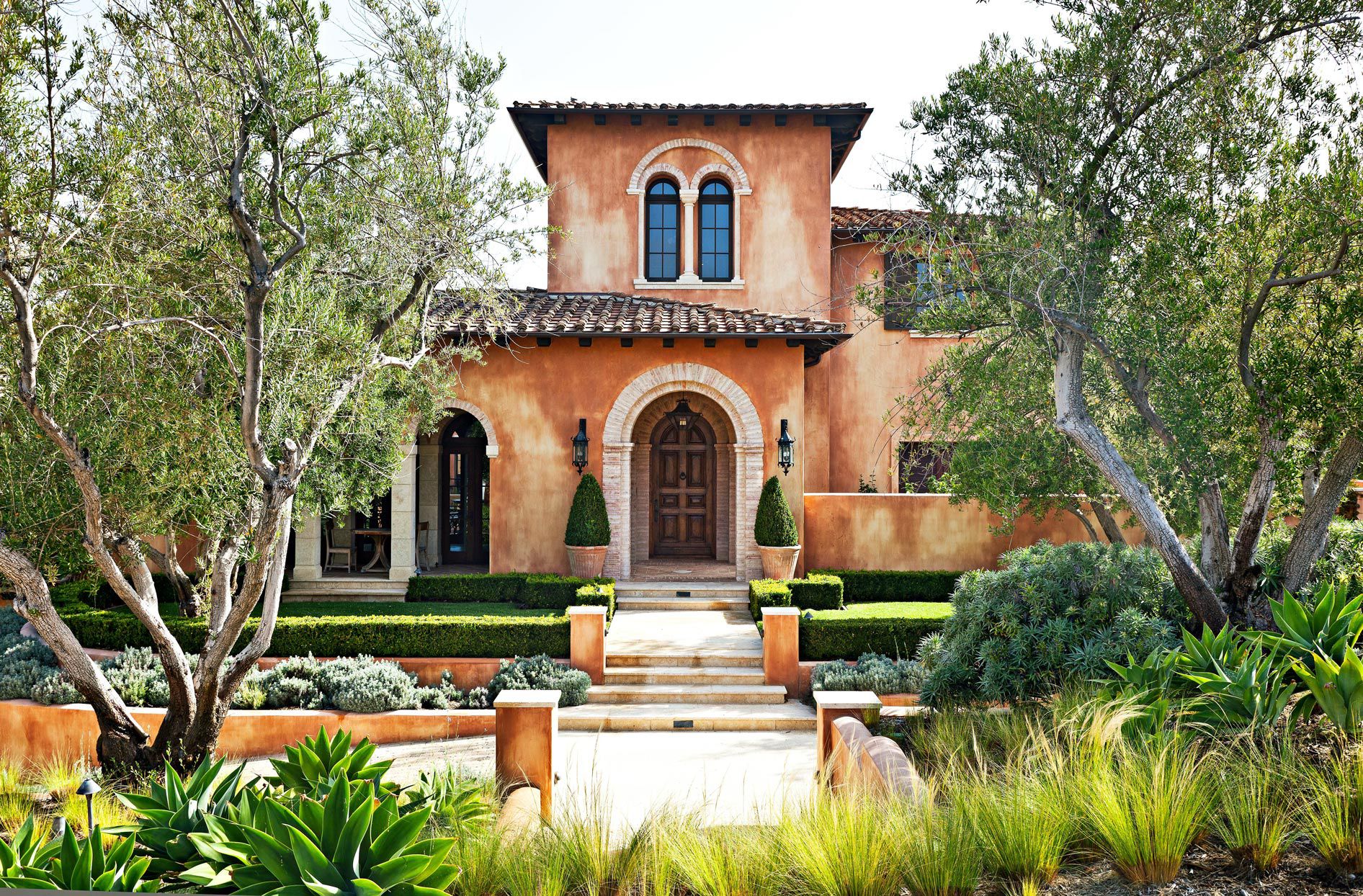
Source: www.bhg.com
The Mediterranean home style, prominent in countries such as Spain, Italy, and Greece, showcases warm and inviting design elements. These homes typically feature flat or sloped roofs covered with distinctive terracotta tiles, accompanied by white or cream-colored walls that create a light and airy atmosphere. Patios or courtyards framed by columns and arches are characteristic of this style, allowing residents to enjoy fresh air and sunlight throughout the day.
Common building materials include stone, plaster, and ceramics, which provide a natural and durable finish. This architectural style is particularly well-suited for warm climates, thanks to its open design and emphasis on good air circulation.
Scandinavian Home Style
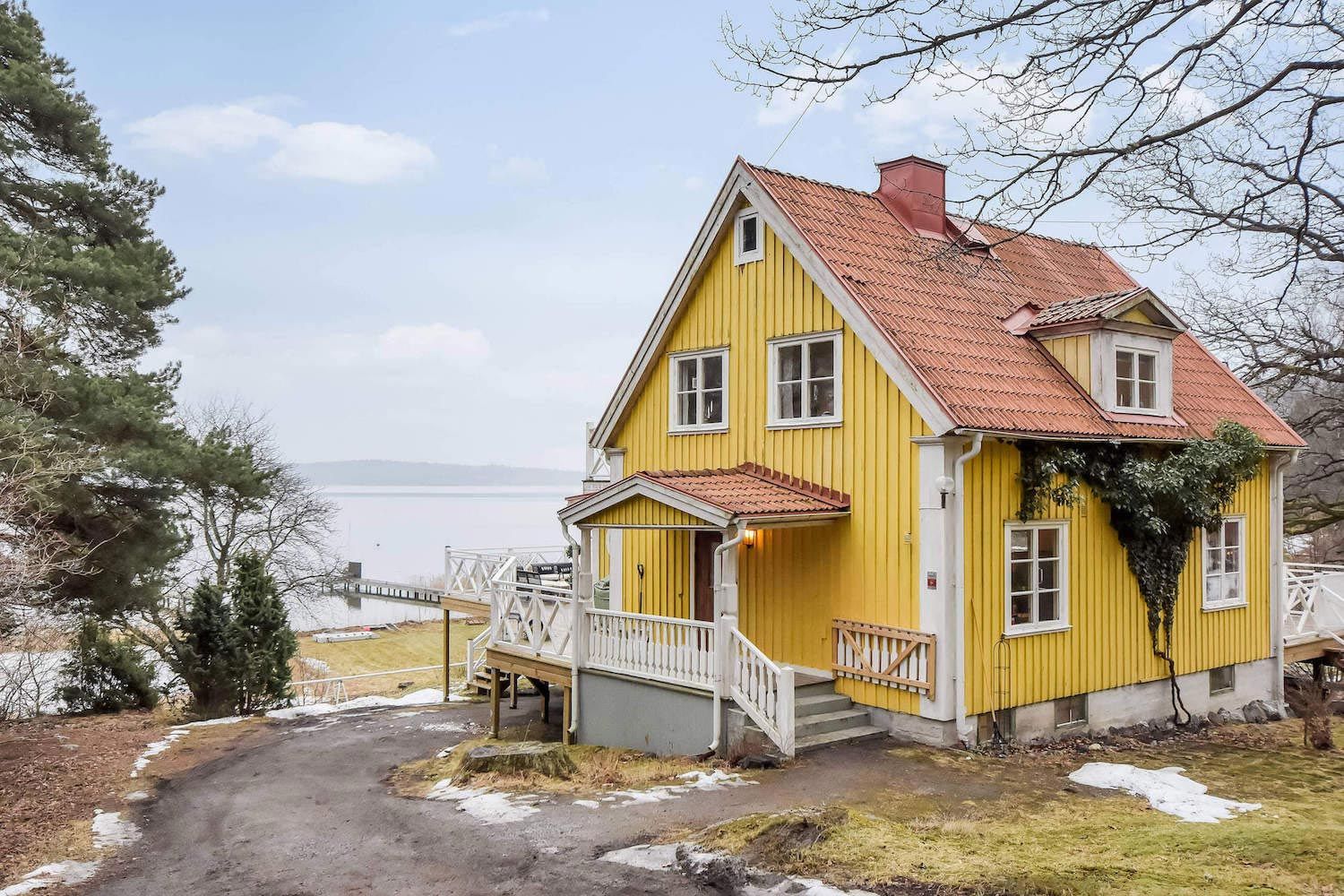
Source: id.pinterest.com
Scandinavian home style, originating from countries like Sweden, Norway, and Denmark, is renowned for its minimalist design that prioritizes functionality and comfort. Scandinavian homes often have bright interiors using neutral colors like white, gray, and beige. Wood is heavily used in Scandinavian design, whether on floors, walls, or furniture, creating a warm and natural atmosphere.
Scandinavian designs also emphasize natural lighting, with large windows that allow sunlight to flood the space, especially considering the long winters in these regions. While the design is simple, Scandinavian homes focus on comfort and efficient use of space.
American Colonial Home Style

Source: www.bhg.com
The American colonial style is one of the most recognized home styles worldwide, especially in the United States. This style was originally inspired by European architecture, particularly from England, brought to America by colonists in the 17th and 18th centuries. Colonial homes typically have symmetrical structures, with gabled roofs and evenly spaced windows, along with a prominent front door framed by columns.
The materials used in colonial homes are typically brick, wood, or stone, and the design emphasizes a formal and orderly look. This style is particularly popular in North America and continues to be a traditional home design choice in many areas.
Tropical Home Style
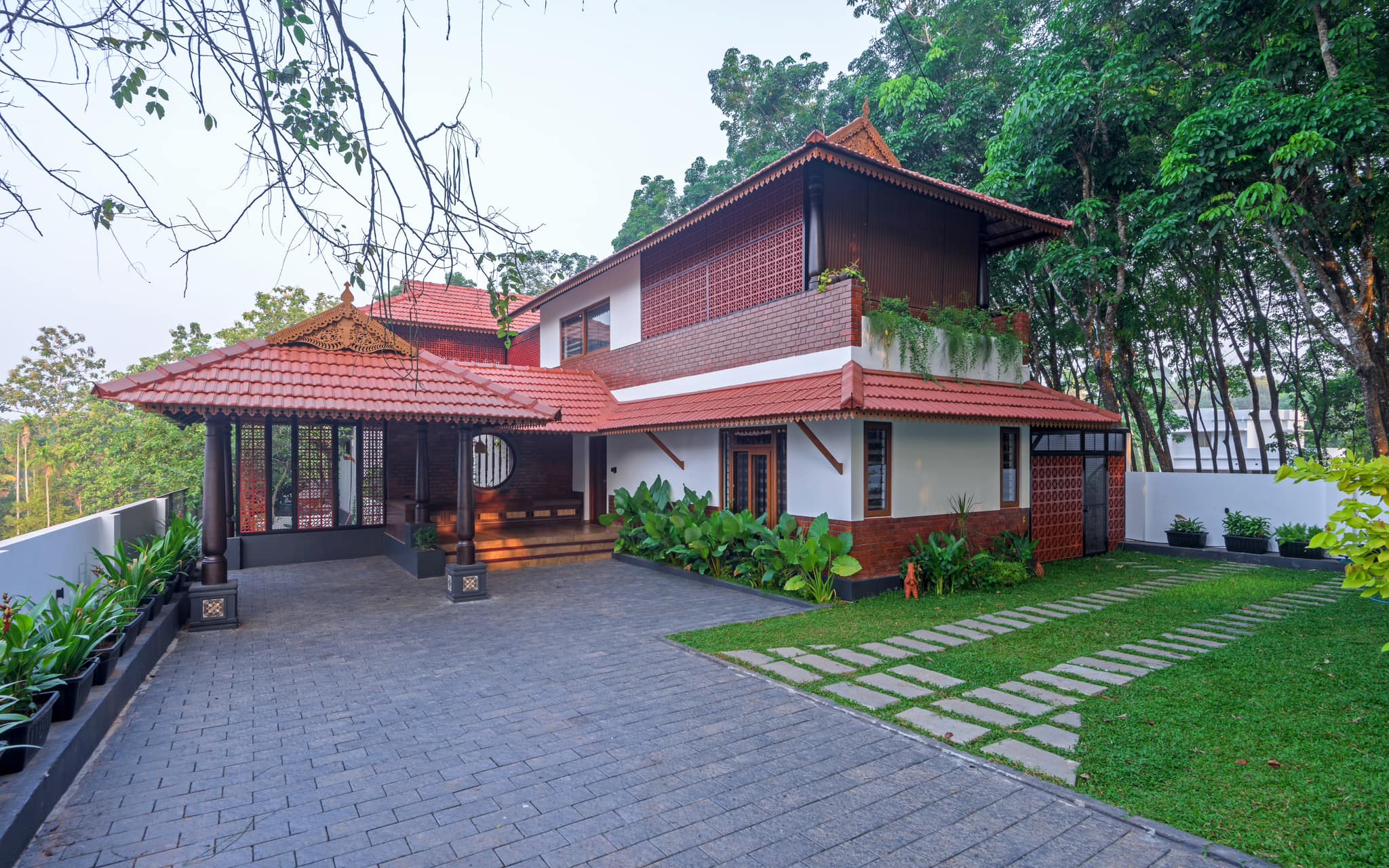
Source: www.keralahomeplanners.com
In tropical regions, such as Southeast Asia, South America, and the Pacific Islands, homes are designed with the hot and humid climate in mind. Tropical homes typically feature high, sloping roofs and many windows or ventilation openings to ensure optimal air circulation. These homes also often include large terraces or verandas to enjoy the fresh air.
Building materials are often natural, such as bamboo, wood, and stone. Tropical home designs are open and integrated with nature, often leading out to large gardens or yards, creating a comfortable and natural atmosphere for the inhabitants.
Traditional Chinese and Korean Home Styles
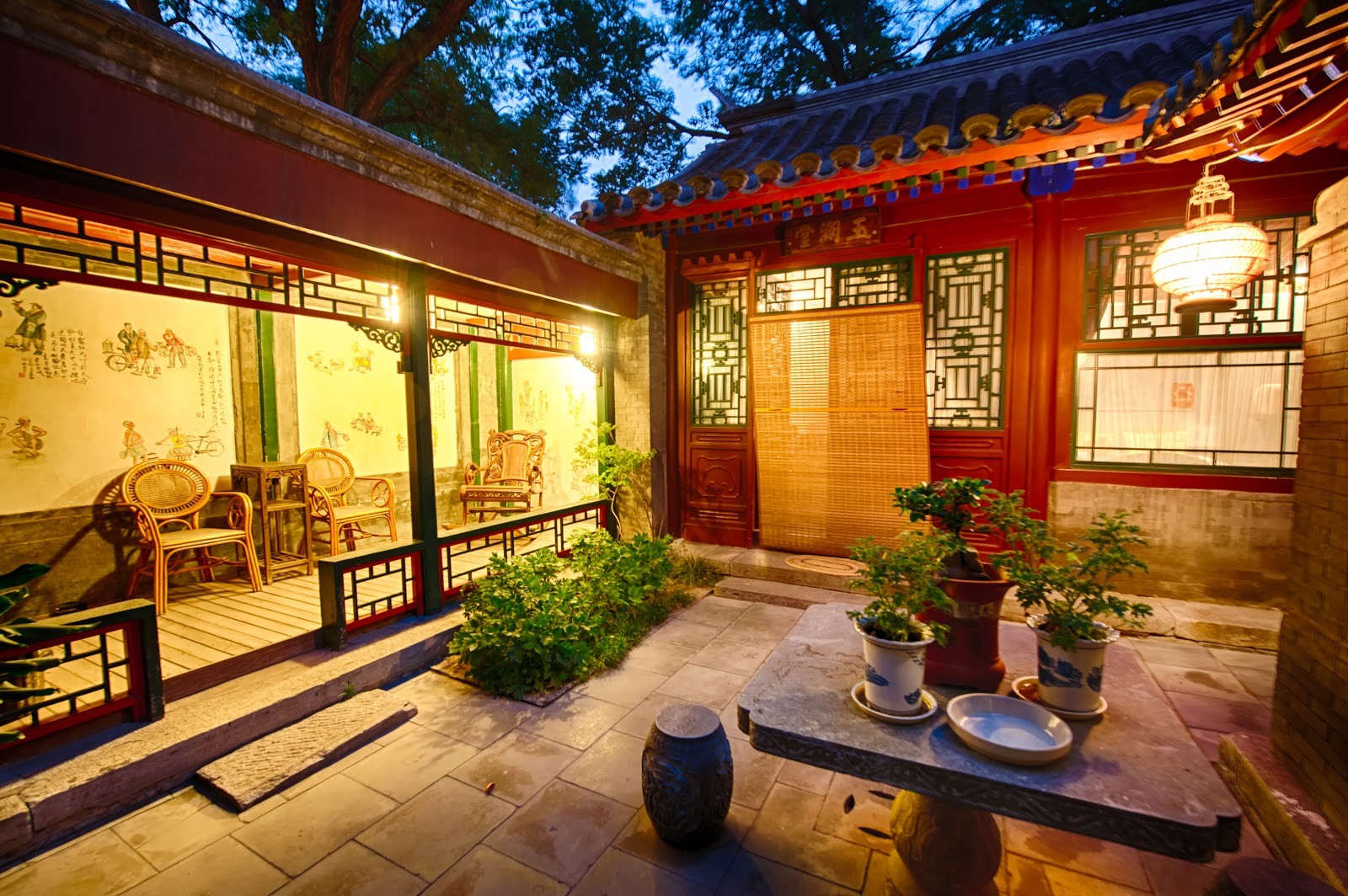
Source: portella.com
Traditional Chinese and Korean homes prioritize harmony with nature and the use of natural materials such as wood and stone. In China, the "siheyuan" home is designed with a central courtyard surrounded by rooms, creating symmetry. These homes are adorned with decorative elements such as carvings, statues, and colorful tiled curved roofs, which symbolize luck. Small gardens and fish ponds are often part of the design, reflecting the philosophy of harmony between humans and nature.
In Korea, the traditional "hanok" also has a central courtyard and is built with natural materials. Hanok homes feature ondol, a floor heating system that keeps the house warm during the winter, and sliding paper doors that allow light to enter. Hanok homes are designed to align with the sun’s orientation and airflow to remain cool during the summer. Both siheyuan and hanok reflect cultural values of balance and adaptation to the local environment.
Classic European Home Style
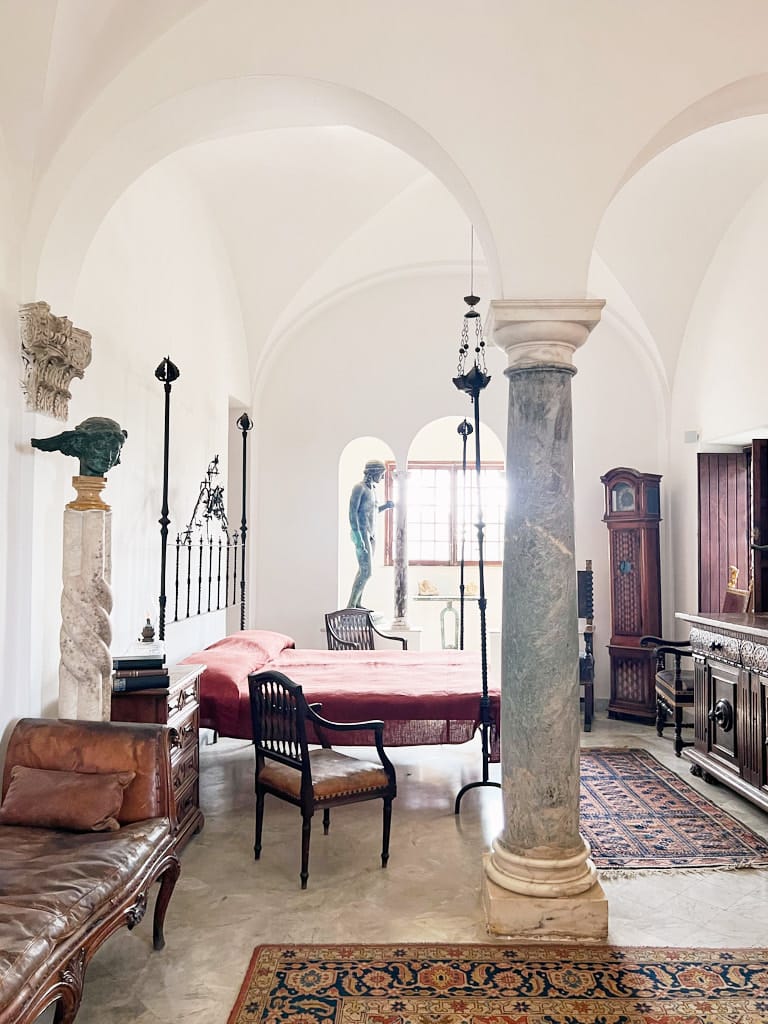
Source: hydrangeatreehouse.com
The classic European home style, found in countries such as France, England, and Italy, emphasizes luxury and intricate architectural details. This style often includes elements like large columns, stained glass windows, and walls adorned with carvings or paintings. Classic European homes are often accompanied by large gardens surrounded by high fences.
Building materials used include brick, marble, and expensive wood, creating an impression of grandeur and elegance. This design often reflects the social status of its owners and serves as a symbol of grace and timelessness.
African Home Style

Source: leadershipmagazine.org
African home styles are deeply influenced by the local climate and culture. In some areas, traditional African homes are built using natural materials such as clay, bamboo, and thatch. These homes are often round or semi-circular in shape, with tall thatched roofs providing protection from the intense sun.
African home designs also incorporate open spaces, with courtyards or terraces serving as gathering places for families or communities. Many African homes are designed to cope with hot weather by maintaining a cool indoor temperature using natural ventilation and heat-absorbing building materials.
Conclusion
The uniqueness of home styles around the world demonstrates the diverse ways in which people design their living spaces based on the environment, culture, and available resources. Each home style has its own distinctive features and functions, emphasizing comfort, protection, and harmony with the surrounding environment. By understanding the uniqueness of home styles from various parts of the world, we can appreciate the diversity of architecture and find inspiration for creating homes that suit our needs and lifestyles.


